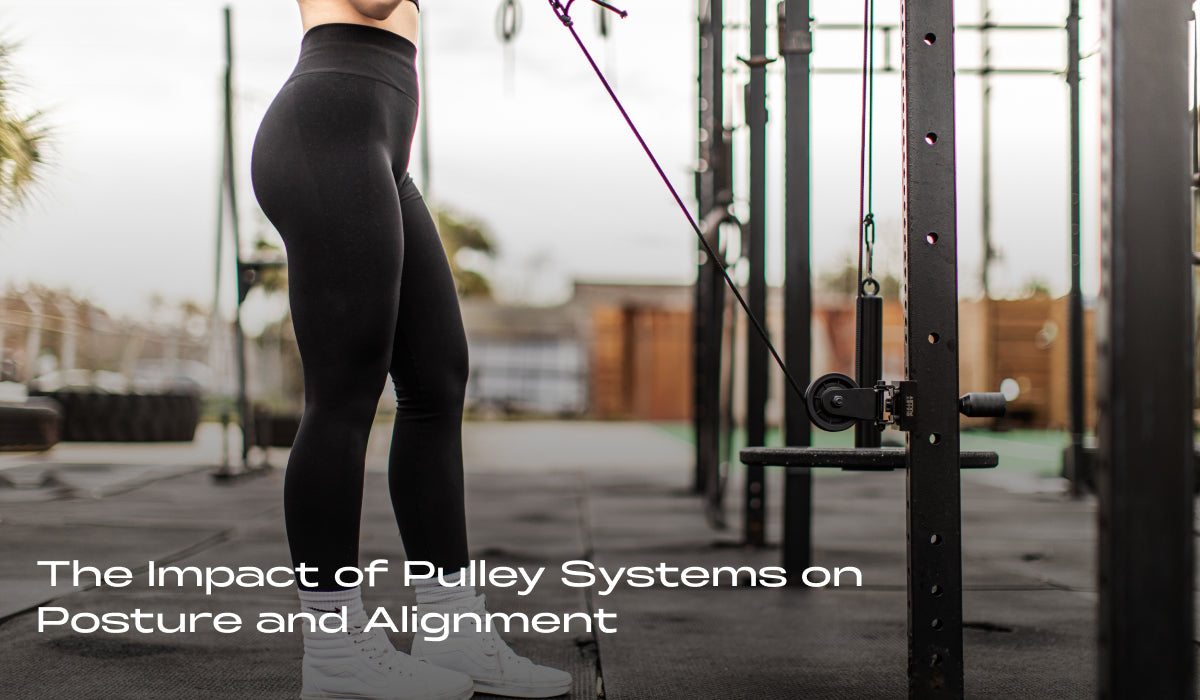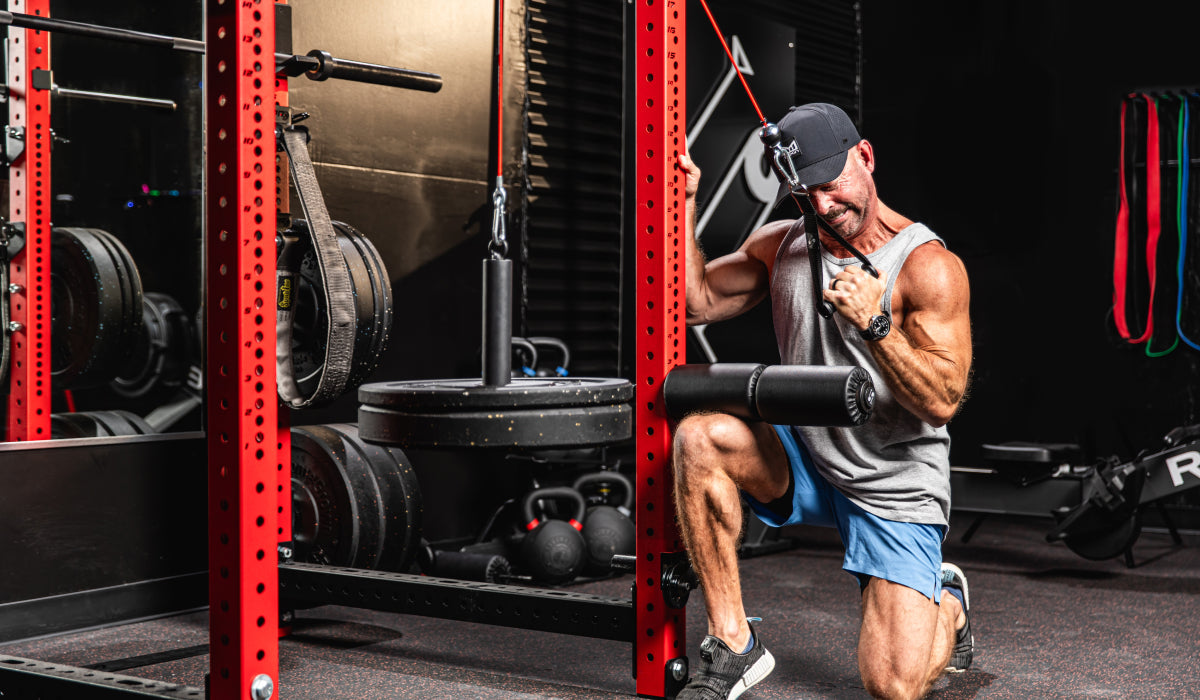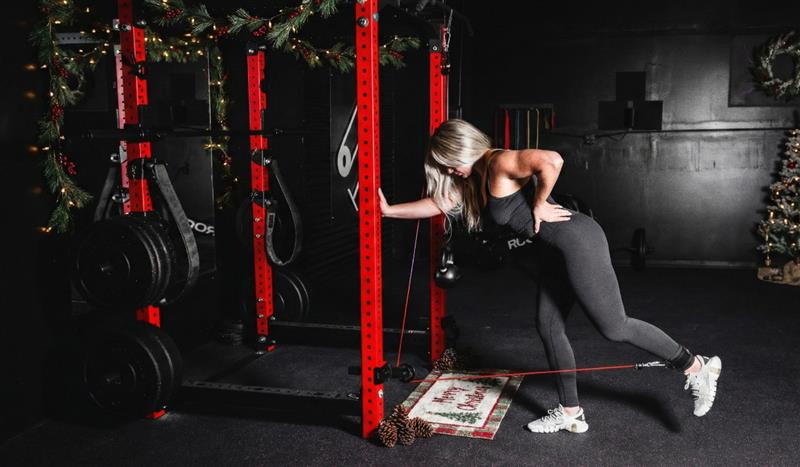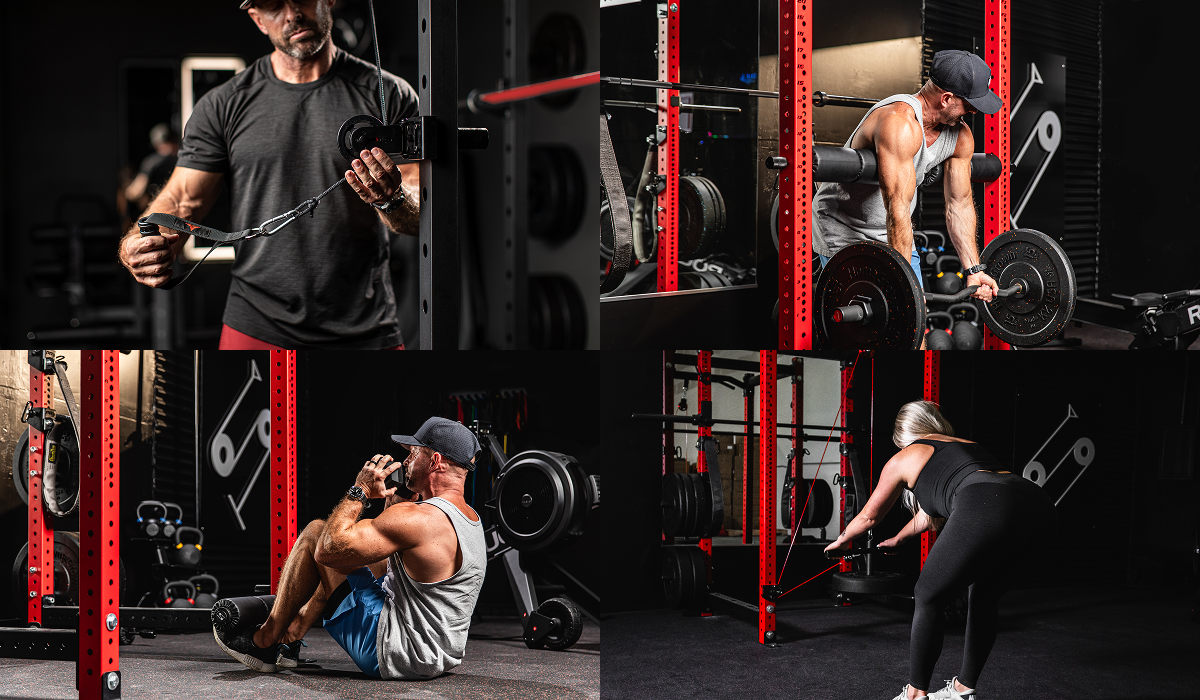When we consider ways to improve our posture, pulley systems might not be the first solution that comes to mind. Yet, these simple mechanical devices are pivotal in enhancing our body alignment, particularly in gyms and physical therapy centres. Let's explore how pulley systems are essential in helping us maintain good posture.
Understanding Pulley Systems
A pulley system includes one or more wheels with a rope or cable looped over them. Primarily designed to lift heavy objects more effortlessly, pulleys also have remarkable applications in exercise and rehabilitation. The real magic of a pulley lies in its ability to change the direction of the force applied, easing the process of lifting weights or performing other exercises.
The Role of Pulley Systems in Exercise
In gyms, pulley systems are a staple, especially seen in the form of cable machines. These machines enable a variety of exercises that help build muscle strength uniformly without unnecessary strain on the body. Adjusting the cable's height and angle allows you to customize your workout to target specific muscle groups while maintaining a straight and aligned spine. This customization is critical in reducing injury risks and ensuring balanced body development.
Using these machines regularly can have a profound impact on your posture. For instance, strengthening your back and shoulder muscles helps you naturally maintain a straight spine and retracted shoulders, which is the ideal posture to avoid back pain and other potential issues.
The Impact of Pulley Systems on Posture and Alignment
Pulley systems are highly valued in physical therapy for their gentle impact on the body, making them ideal for injury recovery and improving posture.
Balanced Muscle Development:
- Ensures even muscle development on both sides of the body, reducing imbalances.
- Strengthens core muscles, supporting the spine and maintaining an upright posture.
- Example: Rowing exercises target upper back muscles, preventing rounded shoulders.
Controlled Range of Motion:
- Offers adjustable resistance for safe, progressive strengthening.
- Allows for controlled movements, crucial for rebuilding strength without strain.
- Example: Shoulder rehabilitation with pulleys prevents compensatory movements, aiding proper alignment.
Postural Correction:
- Targets weak or overactive muscles to correct postural deviations.
- Mimics daily activities, ensuring functional posture improvements.
- Example: Chest openers counteract forward shoulder posture, promoting an aligned and open posture.
Enhanced Joint Stability:
- Improves joint stability by strengthening surrounding muscles.
- Reduces the risk of joint injuries and promotes proper joint alignment.
- Example: Pulley-assisted leg exercises enhance knee stability, crucial for overall alignment.
Gentle and Safe Rehabilitation:
- Provides a controlled environment for low-impact exercises.
- Ideal for gradual recovery, ensuring muscles and joints heal correctly.
- Example: Gradual resistance increase in leg pulleys aids in safe muscle rebuilding post-surgery.
In summary, pulley systems are essential in physical therapy for balanced muscle development, controlled strengthening, postural correction, enhanced joint stability, and safe rehabilitation, leading to improved posture and alignment.
Everyday Benefits of Pulley Systems
The usefulness of pulley systems extends beyond the gym and therapy sessions. They also play a significant role in creating ergonomic environments that promote good posture. Consider an ergonomic office chair, which might utilize a mechanism akin to a pulley to adjust its settings. Such adjustments help support the natural curve of your back, enabling you to sit upright effortlessly.
Future Prospects for Pulley Systems
The potential for integrating pulley systems into everyday life and wearable technology is fascinating. Imagine clothing equipped with miniature pulley systems to pull your shoulders back and ensure your spine is aligned correctly. These innovations could be groundbreaking for individuals dealing with chronic posture issues.
Conclusion
It’s impressive to see how a seemingly simple device like a pulley system can profoundly impact our posture and overall physical health. By offering controlled resistance and support, pulleys enable us to exercise safely, recover from injuries more effectively, and maintain healthy alignment in our daily lives. As technology advances, the role of pulley systems in promoting good posture is likely to grow, making it easier for us all to achieve and sustain optimal physical health.
Embracing the benefits of pulley systems can significantly enhance our physical well-being and enable us to enjoy life with better posture and less pain. Next time you're at the gym or adjusting your office chair, remember the pulley system at work—it’s a powerful ally in keeping your body strong and aligned.






Share:
Fun Outdoor Workouts with a Simple Pulley System
Pulley Systems Your Key to Better Sports Training